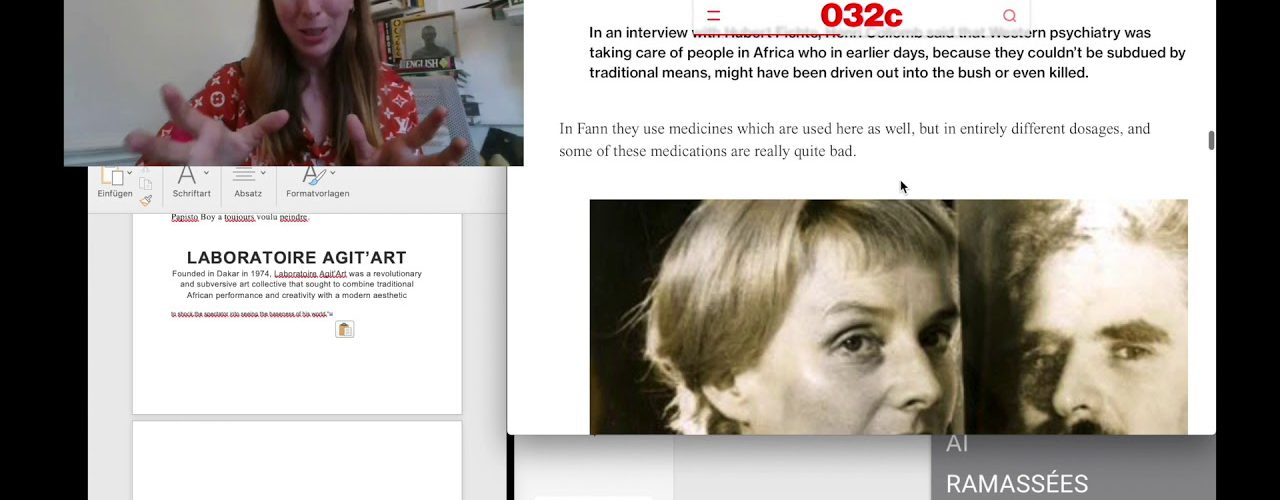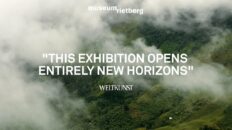As part of the collection of Fotomuseum Winterthur, we are confronted with the gaze of the Condomblé Priestesses captured by the German press photographer Leonore Mau. At first glance, only one thing seems evident: a European is looking at another culture, and this culture is looking back. But what are the specifics of this relationship of the gaze? How is it culturally (in-)formed, and how is it directed and ultimately reflected on by the photographer, the viewers or by a museum? In displaying the works of Leonore Mau, the curatorial team of Fotomuseum Winterthur confronts its visitors with the following question: What could it look like to revisit one’s collection from a postcolonial perspective? Is it possible to deconstruct the gazes at play?
Mau’s works gained wide attention mostly in the context of her collaboration with the German writer Hubert Fichte. Fichte’s lyrical texts, accompanied by Mau’s photographs and termed by himself as “ethnopoetry”, have dealt with the question of the representability of the ‘other’ from early on. Meanwhile, they have come to be considered as precursors of queer and postcolonial studies. From 1969, Mau and Fichte travelled to Africa, Latin America and the Caribbean, capturing rituals and festivities both in photography and in writing. Mau used the camera to become a participant in foreign cultural practices without subjecting the scenes to meticulous investigation. Not only the negotiation of the gaze, but also the motif of testimony and claim of authorship are forces at play in her series Grosse Anatomie (Great Anatomy, 1977), Priesterinnen (Priestesses, 1990) and Die Mauerbilder des Papisto Boy in Dakar (The Murals of Papisto Boy in Dakar, 1980) as well as the single image, Afrikanischer Junge mit Blister-Maske (African boy with blister mask), 1974, for which Leonore Mau received the World Press Prize in 1975. Who is looking at whom? Who controls the photograph? Where do the gazes in image and writing – the perspectives of Mau and Fichte – meet, challenge or complement each other? How did these images circulate in publications, exhibitions and online? And how do we position ourselves, here in the museum space, with the gazes of the priestesses directed at us – and being confronted with a scene in which our position as viewers is not clearly defined?
The research on this case study, which consists of a series of video interviews and contextual material, will continue throughout the duration of the exhibition and the results will be documented and shared both in the space through a changing display and online on situations.fotomuseum.ch.
More info on SITUATIONS:
www.fotomuseum.ch/en/situations/







